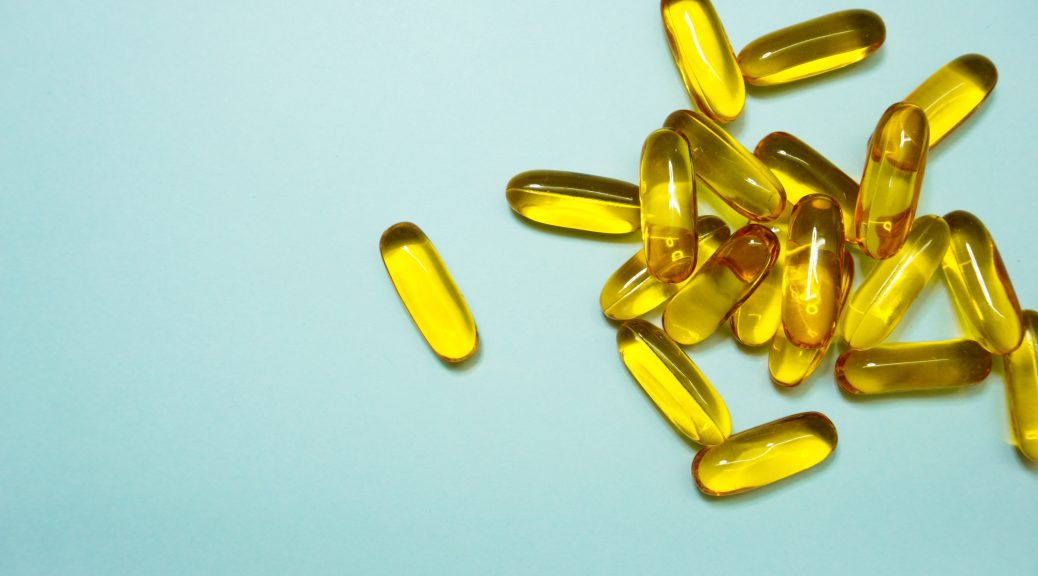
Vitamin D and Breastfeeding: What is the evidence?
For some years, it has been recommended in some countries that infants under one year of age take a supplement of 400 IU/day of vitamin D to prevent nutritional rickets.
It is estimated that 80-90% of vitamin D is synthesized in the skin from the action of UVB radiation (1). Several factors influence vitamin D syntheses, such as skin pigmentation, latitude, time of day of sun exposure, use of sunscreens, and seasonality, being the winter months in the northern hemisphere, periods with lower synthesis due to the use of warm clothing, less time of sun exposure and lower radiation reaching the earth’s surface (1, 2).
Vitamin D supplementation is currently recommended for all breastfed infants under one year of age for two reasons: i) the time required for sun exposure to produce the necessary vitamin D is not yet agreed upon and could contradict recommendations to prevent skin cancer (2) and ii) vitamin D levels in breastmilk are low (3).
A systematic review has been published in the Cochrane Database of Systematic Reviews (4) where the effects of vitamin D supplementation in infants or nursing mothers on vitamin D deficiency, bone density, and growth in healthy term infants have been studied.
This systematic review included 19 studies, although none of these studies evaluated sun exposure in infants compared to vitamin D administration.
The most important results of the systematic review are:
- Supplementation with 400 IU/day of vitamin D in infants increases serum 25-hydroxyvitamin D levels (average increase of 22.6 nmol/L) and decreases the incidence of vitamin D insufficiency by 23%. However, there is insufficient evidence to determine whether it reduces the risk of vitamin D deficiency or affects bone mineral content, the incidence of rickets, or growth.
- Vitamin D supplementation in the breastfeeding mother also increases infant 25-hydroxyvitamin D levels (average increase of 24.6 nmol/L) and reduces the incidence of vitamin D insufficiency by 35% and deficiency by 38%. However, we have no data on the effect of such supplementation on bone mineral content, and there is not enough evidence to determine whether it affects rickets.
Interestingly, one study found that maternal doses of vitamin D below 4000 IU/day were associated with lower levels of 25-hydroxyvitamin D in infants compared to infant supplementation of 400 IU/day.
The systematic review concludes that the degree of evidence for maternal as well as infant vitamin D supplementation in preventing vitamin D deficiency or improving bone health is low or very low. Therefore, there is currently insufficient evidence to recommend routine vitamin D supplementation to breastfeeding mothers or their infants in populations at low risk for vitamin D deficiency. In populations at high risk for vitamin D deficiency, administration of 400 IU daily of vitamin D to the infant or higher doses to the breastfeeding mother may prevent vitamin D deficiency. Still, the effects on bone health are unclear.
Finally, the review cautions that adverse effects of vitamin D supplementation, such as hypercalcemia or hypercalciuria in both mother and baby, are poorly understood.
Refereces:
- Kimlin MG. Geographic location and vitamin D synthesis. Mol Aspects Med. 2008;29(6):453–61.
- Masvidal Aliberch RM, Ortigosa Gómez S, Baraza Mendoza MC, Garcia-Algar O. Vitamina D: Fisiopatología y aplicabilidad clínica en pediatría. An Pediatr [Internet]. 2012;77(4).
- Streym SV, Højskov CS, Møller UK, Heickendorff L, Vestergaard P, Mosekilde L, et al. Vitamin D content in human breast milk: A 9-mo follow-up study. Am J Clin Nutr [Internet]. 2016;103(1):107–14.
- Tan ML, Abrams SA, Osborn DA. Vitamin D supplementation for term breastfed infants to prevent vitamin D deficiency and improve bone health. Cochrane Database Syst Rev. 2020 Dec 11;12.